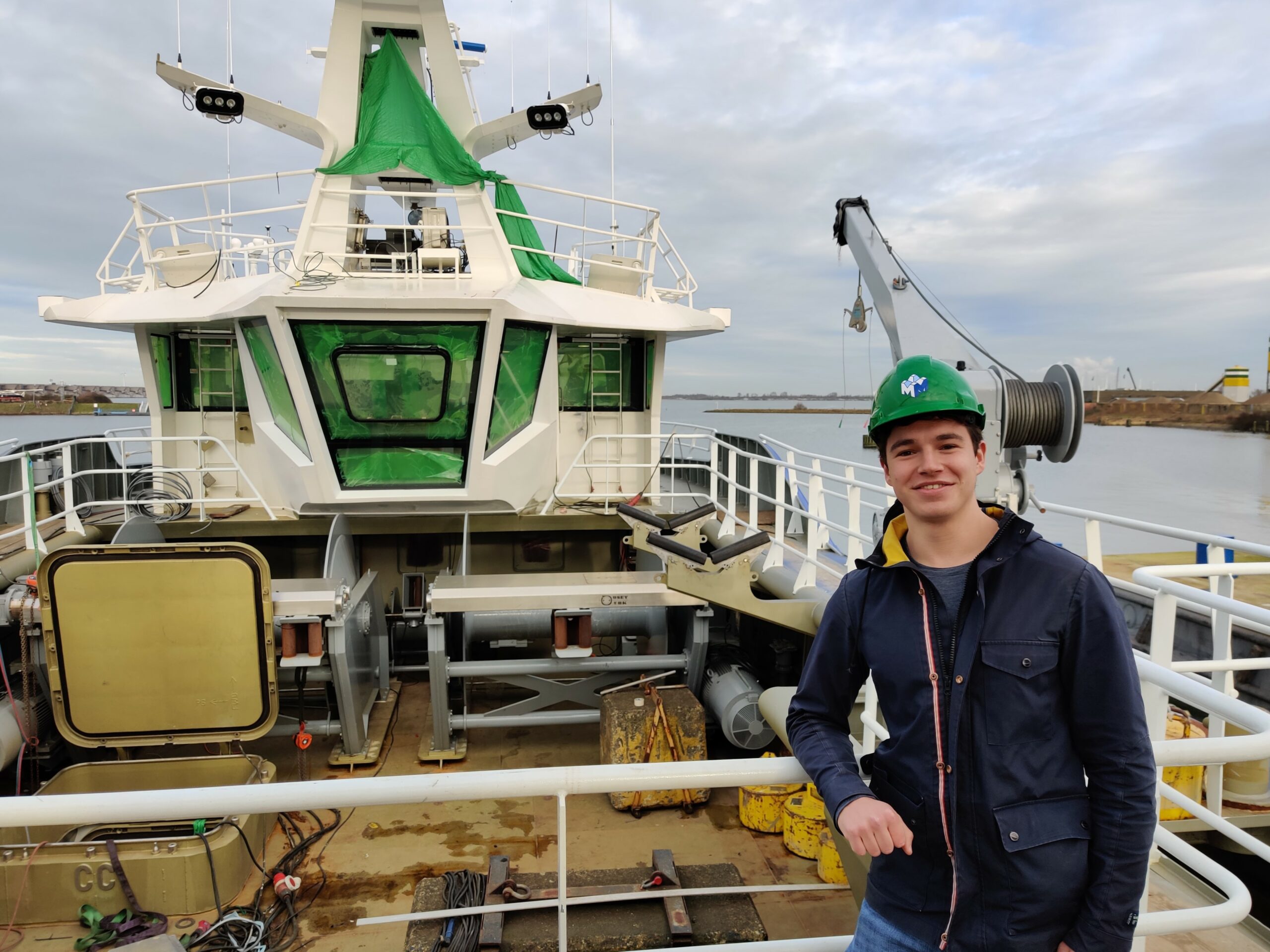Sailing on green hydrogen
If you can drive on hydrogen, why can’t we sail on it too? Green hydrogen is clean and provides a good operating range. In short: hydrogen could be the solution to making shipping sustainable.
Goeree-Overflakkee has a strongly developed maritime sector. The Shipping project explores how green hydrogen can enable fishing vessels to sail without CO2 emissions. The Stellendam cutters use the space on board as efficiently as possible, just like cargo vessels do. That is why they would benefit from a sustainable fuel that takes up the least amount of space. Considering batteries take up a lot of space, hydrogen is more interesting for electric sailing.


